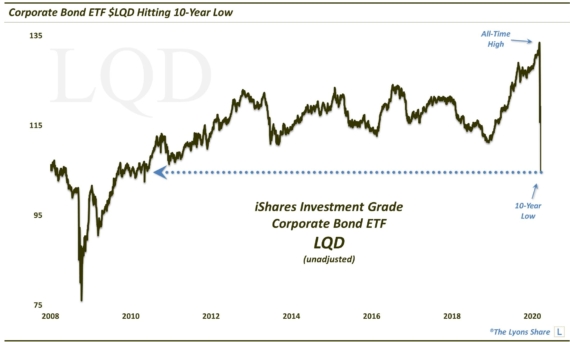British Stocks Say ‘Good Riddance’ To EU

U.K.’s FTSE-100 Index is in the midst of a historic run following the Brexit vote – but it is running into multi-decade resistance.
The only thing predictable about financial markets is their unpredictability. Take the Brexit episode, for example. Not only was the U.K.’s vote to leave the European Union a surprise to just about everyone, but the resultant market reaction was as well. Yes, the immediate gut-wrenching selloff was probably expected, after knowing the results of the referendum. However, what has taken place since is very interesting. For far from a sustained meltdown in European and British equities. a terrific rally has ensued.
In the U.K., in particular, the popular FTSE-100 Stock Index (FTSE) is in the midst of a historic move. Depending upon where the index closes tomorrow, the FTSE has a chance at registering a 20% rally off of its post-Brexit lows just 7 weeks ago. It would mark just its 6th such rally over a 7-week span in the past 27 years. That’s the good news. The challenging part is that the FTSE is presently bumping up against a potential resistance level whose significance stretches back either 5 years or 16 years, depending on the view. First, the 5-year look.
As this first chart shows, the FTSE is currently testing the Up trendline stemming from the August 2011 lows and connecting the October 2011, October 2014 and December 2014 lows. After breaking below the trendline in August 2015, the FTSE attempted to reclaim the top side of the line on 2 occasions in October 2015 but was soundly rejected. It is now testing the trendline (presently in the mid-6800 range) once again, attempting to climb back above it. If it can do so successfully, the trendline should re-engage as another piece of support for the FTSE.

Now, scrolling back another decade, we see that this area between 6800-6900 has an even longer history of significance.

On the day before Y2K, the FTSE closed at 6930, a record that would stand for the next 15 years. The index would test the 6800 level several times during 2000 before getting cut in half in the subsequent bear market. At the 2007 top, the FTSE stopped just shy of that level, testing the mid-6700′s on 4 occasions before, again, getting chopped in half. By May 2013, the index had once again recovered to the 6800-6900 area. Over the next 16 months, it would test the level, unsuccessfully, at least a half a dozen times.
Finally, in February 2015, the FTSE was able to break through the level and score a new all-time high. It rallied as high as 7100 over the next 2 months before the breakout failed. In the ensuing global equity selloff, the index would drop some 23% into the lows of February 2016. Following a bounce from there, and the moonshot off of the Brexit news, the FTSE finds itself back at the same 6800-6900 level.
So what do we expect to happen? Well, considering the history, one would expect this level to at least pose a stiff challenge for the FTSE temporarily, especially with the index up on a rope since June. Then again, if the markets have taught us anything, as with the Brexit incident, it is that they will consistently deliver the unexpected.
_____________
More from Dana Lyons, JLFMI and My401kPro.
The commentary included in this blog is provided for informational purposes only. It does not constitute a recommendation to invest in any specific investment product or service. Proper due diligence should be performed before investing in any investment vehicle. There is a risk of loss involved in all investments.


